Peer review
Manuscripts that pass the previous filters will be evaluated by at least two visual health professionals in a "double-blind" process, meaning the reviewers will not know the authors' names or affiliations.
Reviewers will send their evaluations and comments to the Journal's Editorial Board, who will decide whether to publish the manuscript, reject it, or return it to the authors for appropriate corrections.
This decision will be based on the reviewers' comments, who must include whether they recommend publication, rejection, or modifications and a new evaluation.
The final decision will be communicated to the authors via email.
Approved manuscripts will be published in the next available issue of the Journal.
If reviewers believe the manuscript requires modifications from the authors, the authors must provide thorough and well-considered responses to all reviewers' comments in a separate document. The author's response to the reviews must address all points raised by the reviewers clearly and explicitly.
If the authors choose not to accept a reviewer's recommendation, they must justify this decision with convincing arguments that include adequate evidence (e.g., data, references, etc.) for any recommended changes not made.
Manuscript revisions must be clearly annotated in the response to the reviews, indicating the page and line number of any changes made.
When reviewers identify questions, concerns, or opportunities to improve a manuscript, it is not enough for the authors to provide clarifications only in the response to the reviews; the authors must also make modifications and improvements to the manuscript text to ensure the final article is clear and compelling for the Journal's readers.
Days until first editorial decision: 5
Days to acceptance: 36
Acceptance rate: 69
Rejection rate: 8%.
Manuscript review process
1. Review by the Technical Secretariat
Upon receiving the manuscript, the Technical Secretariat members will conduct an initial review regarding format and publication standards. The Technical Secretariat will remove author information from the manuscript to ensure anonymity throughout the process.
If the manuscript is incorrect or requires any changes, the author who submitted it will be contacted for correction.
2. Anti-plagiarism Review
All manuscripts will be subjected to a strict anti-plagiarism policy, as described in the previous section of this page.
3. Peer Review
Manuscripts that pass the previous filters will be evaluated by at least two visual health professionals in a "double-blind" process, meaning the reviewers will not know the authors' names or affiliations.
Reviewers will send their evaluations and comments to the Journal's Editorial Board, who will decide whether to publish the manuscript, reject it, or return it to the authors for appropriate corrections.
This decision will be based on the reviewers' comments, who must include whether they recommend publication, rejection, or modifications and a new evaluation.
The final decision will be communicated to the authors via email.
Approved manuscripts will be published in the next available issue of the Journal.
If reviewers believe the manuscript requires modifications from the authors, the authors must provide thorough and well-considered responses to all reviewers' comments in a separate document. The author's response to the reviews must address all points raised by the reviewers clearly and explicitly.
If the authors choose not to accept a reviewer's recommendation, they must justify this decision with convincing arguments that include adequate evidence (e.g., data, references, etc.) for any recommended changes not made.
Manuscript revisions must be clearly annotated in the response to the reviews, indicating the page and line number of any changes made.
When reviewers identify questions, concerns, or opportunities to improve a manuscript, it is not enough for the authors to provide clarifications only in the response to the reviews; the authors must also make modifications and improvements to the manuscript text to ensure the final article is clear and compelling for the Journal's readers.


